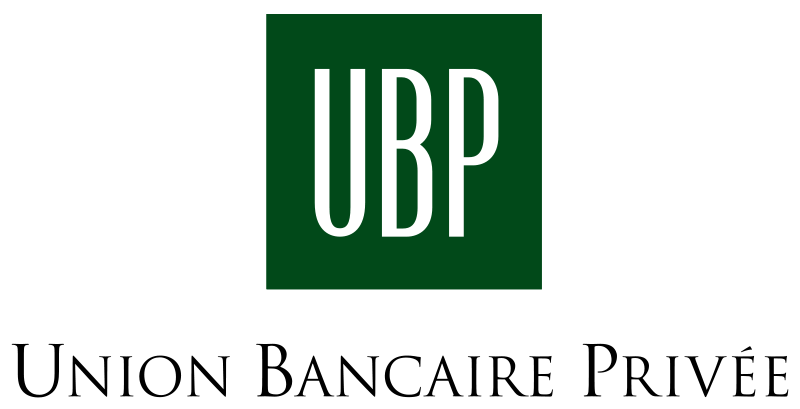My Experience as a Credit Risk Portfolio Analyst at Société Générale Private Banking

In this article, Samia DARMELLAH (ESSEC Business School, Global BBA, 2020-2024) shares her professional experience as a Credit Risk Portfolio Analyst apprentice within Société Générale Private Banking.
Société Générale
Société Générale is a major player in French banking, established in 1864. According to an Xerfi study (2024), it’s the third-largest bank in France, behind BNP Paribas and Crédit Agricole (in terms of net banking income (NBI)), and plays a crucial role in the financial landscape. It also ranks as the sixth-largest bank in Europe and the twenty-first largest worldwide.
I have the opportunity to work as a Credit Risk Portfolio Analyst apprentice within Société Générale Private Banking for two and a half years (2022-2024). In this role, my primary responsibility was to assess and monitor the risks associated with the loans provided by the private bank.
Logo of Société Générale.

Source: Société Générale.
What is a Credit Risk Portfolio Analyst?
A Credit Risk Portfolio Analyst, also called “Credit Risk Analyst,” has the principal task of monitoring the bank’s credit portfolios to ensure that counterparties (borrowers) can repay their debts. In other words, we continuously evaluate the financial health of borrowers, whether companies or individuals, to prevent potential losses for the bank.
In the private banking sector at Société Générale, clients are often wealthy individuals or companies with significant assets. This sometimes complicates risk assessment, as we need to analyze various types of assets used as collateral, such as stocks, bonds, or mutual funds.
My missions
1. Credit Portfolio Monitoring
One of my responsibilities is closely monitoring the bank’s credit portfolio, particularly those of private clients. This involves daily analysis of ongoing loans and assessing potential risks associated with changes in the economic and financial situation of borrowers.
I am also responsible for producing credit risk reports, where I analyze indicators such as Exposure At Default (EAD), Expected Credit Loss (ECL), and Risk-Weighted Assets (RWA). These data points help us identify where the risks lie and how best to respond to them.
2. Credit Provisioning
Another essential part of my job involves credit provisioning. In collaboration with financial and commercial teams, I help identify weakened counterparties—borrowers who may struggle to repay their debts. My role is to determine the necessary level of provisions to cover the risks, a delicate exercise that requires both caution and anticipation.
3. Stress Tests on Financial Assets
Another important mission involves stress tests. These tests simulate adverse economic scenarios to assess how the credit portfolio would react under such conditions. For example, we simulate a sharp drop in financial markets or an economic crisis and analyze the impact on collateralized assets such as stocks, bonds, and mutual funds. These simulations help us prepare for unforeseen events and ensure better risk management.
4. Regulatory Projects
The banking sector is highly regulated, and I am involved in implementing new regulatory projects. This includes, for example, adapting to new European and international standards, such as those set by the Basel Committee, which dictate rules on credit risk management. This work involves a lot of coordination between teams and requires an understanding of the technical implications of these regulations.
Required skills and knowledge
Throughout my apprenticeship, I develop a strong set of skills. Firstly, mastering financial tools specifically, I improve my Excel skills, essential for analyzing and manipulating complex financial data. I also work with specific banking risk management tools to assess credit risk and produce the required reports.
Additionally, risk assessment requires a keen eye for numbers, great rigor, and critical analytical skills. It is crucial to quickly identify warning signs while managing large volumes of data.
Finally, my role involves many interactions with commercial, financial, and regulatory teams. I learn to communicate my analyses clearly and collaborate closely with different stakeholders, which is essential for successfully managing risk projects.
What This Experience Brought Me
Working within the Risk Management department at Société Générale Private Banking has been a particularly enriching experience. I have the opportunity to work on complex topics and gradually gain autonomy. This position allows me to understand all aspects of credit risk management and the strategic implications for a major private bank.
I also have the chance to evolve in an environment that values continuous learning. I was able to train continuously, whether through exchanges with bank experts or internal training sessions. This experience has truly been a steppingstone for my future career, opening up numerous opportunities in the field of risk management and finance.
In conclusion, this apprenticeship as a Credit Risk Portfolio Analyst has been one of the most formative human and professional experiences. It allows me to acquire solid technical and analytical skills while immersing myself in the core issues of risk management for a major banking institution.
Financial concepts related my internship
Probability of Default (PD)
Probability of Default (PD) is a measure of how likely it is that a borrower will fail to repay a loan. It’s essentially an estimate of the probability that a company or individual won’t meet their financial obligations. Banks use this to assess how risky a loan might be before lending money.
Loss Given Default (LGD)
LGD measures the percentage of a loan that a lender expects to lose in case of default, after accounting for recoveries from collateral. It’s a key component in determining credit risk exposure. LGD is often combined with PD to calculate potential credit losses.
Stress Test
A stress test simulates adverse economic conditions to evaluate how a financial institution or portfolio would react to crises. It’s used to identify vulnerabilities and assess the resilience of assets under extreme scenarios. Stress tests are essential for risk management and regulatory compliance.
Why should I be interested in this post?
If you’re interested in the world of finance, the position of Credit Risk Portfolio Analyst offers a valuable opportunity. This role involves assessing and managing credit risk for high-net-worth individuals and large corporations, providing exposure to various areas of finance. You will be responsible for monitoring loan portfolios, conducting financial analysis, and preparing detailed reports, all of which require strong analytical skills and attention to detail.
I highly recommend pursuing this position, especially within a banking institution. Working at a bank allows you to gain essential experience in risk management with less complex credit situations. Once you have a solid foundation, you can consider advancing to roles in investment funds, where the stakes and responsibilities are significantly higher.
Related posts on the SimTrade blog
▶ All posts about Professional experiences
▶ Jayati WALIA Credit Risk
▶ Matthieu MENAGER My professional experience as a credit analyst at Targobank
Useful resources
Presentation of Société Générale
Le risque de crédit – Cairn.info
L’univers des risques en finance – Cairn.info
About the author
The article was written in October 2024 by Samia DARMELLAH Samia DARMELLAH (ESSEC Business School, Global BBA, 2020-2024).




 Source: BIL
Source: BIL 
